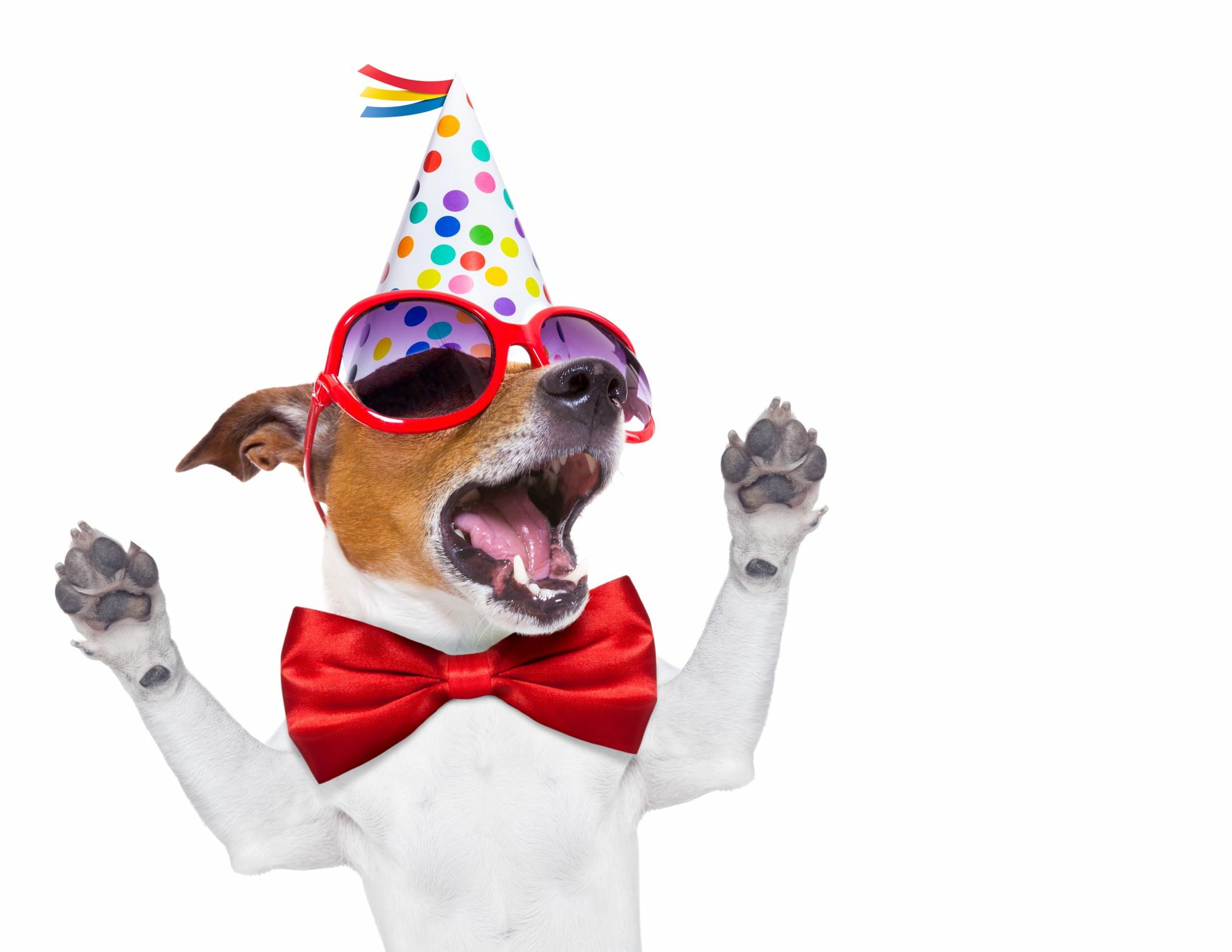Humour is a tool in marketing that creates positive feelings around your brand. It can grab people’s attention and keep things from becoming boring. If you post a funny post on your blog, people are more likely to read through the entire post. Furthermore, humour increases engagement and can cause content to become viral. People share memes and jokes with each other and if your marketing is funny enough to send to other people, then you could possibly increase your reach.
Humour is useful, but know when to use it
In a crowd of marketing noise, you need your marketing to be able to stand out. If on social media, two-thirds of what goes viral are funny posts. You need to leave an impression that lasts; one that causes people to further interact with your brand. Humour is one way to do that.
However, humour is not always the best fit for your marketing. When humour works, it creates memorable moments, but it does not always land. The trick is finding the right kind of humour to connect with your audience. Jokes about certain topics may cheapen them or come across as disrespectful. While comedians have more leeway to use these topics in a humourous way, remember that people came specifically to hear those jokes. When you advertise your brand, people may just be going about their day. There is a time and a context for jokes, but when your marketing can appear at any time to any person, some of the comedic context may be lost.
Additionally, forced humour may seem cringeworthy. Yes, humour can make dull products seem interesting, but it has to fit in some way. Try to align your humour with your brand’s values. It is easier to resonate with a brand when the humour incorporated aligns with what a brand stands for.
Know what your audience finds funny
When it comes to humour, you don’t want to come off as insensitive. Sure, some offensive kinds of humour may appeal greatly to a specific audience, but it is also likely to turn others off from your brand. The trick is to find humour that will resonate with the majority of your audience while remaining largely inoffensive to the minority.
How do you find out what tickles your audience? Let them show you. Sometimes the funniest campaigns are those created by your audience. Social media challenges that enable your audience to let their creativity flow will give you an idea of what they enjoy. They might even give you more ideas on where to lead your marketing next time.
Make sure that your audience will understand the humour. If you have to explain the joke behind your marketing, it is probably not that humourous. Convoluted jokes fly over people’s heads and when the aim is for people to laugh at your jokes, having them not get it is not going to work in your favour.
Most of all, don’t take things too far. There is a time and a place for humour, and there is a time and a place to remain serious. People should laugh at your jokes and not at your brand.
Examples of successful uses of humour
Wendy is notorious for their twitter posts that showcase their mastery in the art of dry humour, sarcasm, banter, and roasting more than just potatoes. Wendy’s Twitter persona has attracted people just to get a reply from them. Their playful jabs may seem unprofessional to some, but Wendy’s understands that humour cannot carry everything. When it comes to responding to problems, Wendy’s deals with it with the utmost respect.
KFC knows how to turn a PR scandal into engagement in humourous way. In 2018, KFC suffered backlash after their chicken supplies ran short – quite a predicament when you are called Kentucky Fried Chicken. However, they publicly apologised and rebranded their online branding to FCK. Besides acknowledging that they messed up, the rebranding allowed KFC to put a fun little spin on their own name. The apology was shared and reposted almost 10 million times.
Mailchimp is a good example of a B2B business that isn’t afraid to be playful while still taking their services seriously. For instance, their YouTube channel is all about business, but the fun details, such as the hedgehog in a cowboy hat, show that they know how to have a little fun with it. And while B2B businesses mainly connect with their customers logically, a little bit of emotion and humour here and there can really tip the scales.











